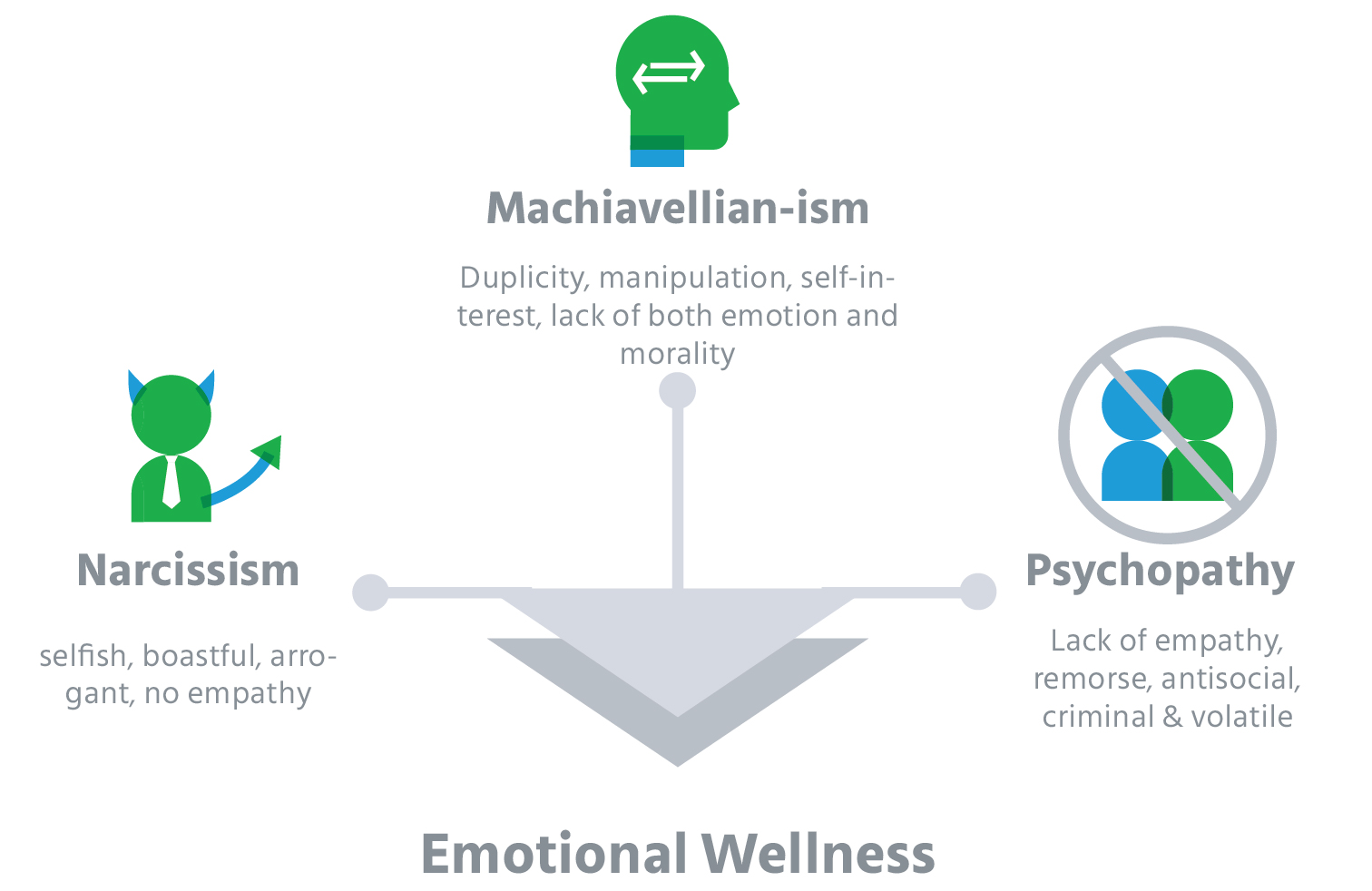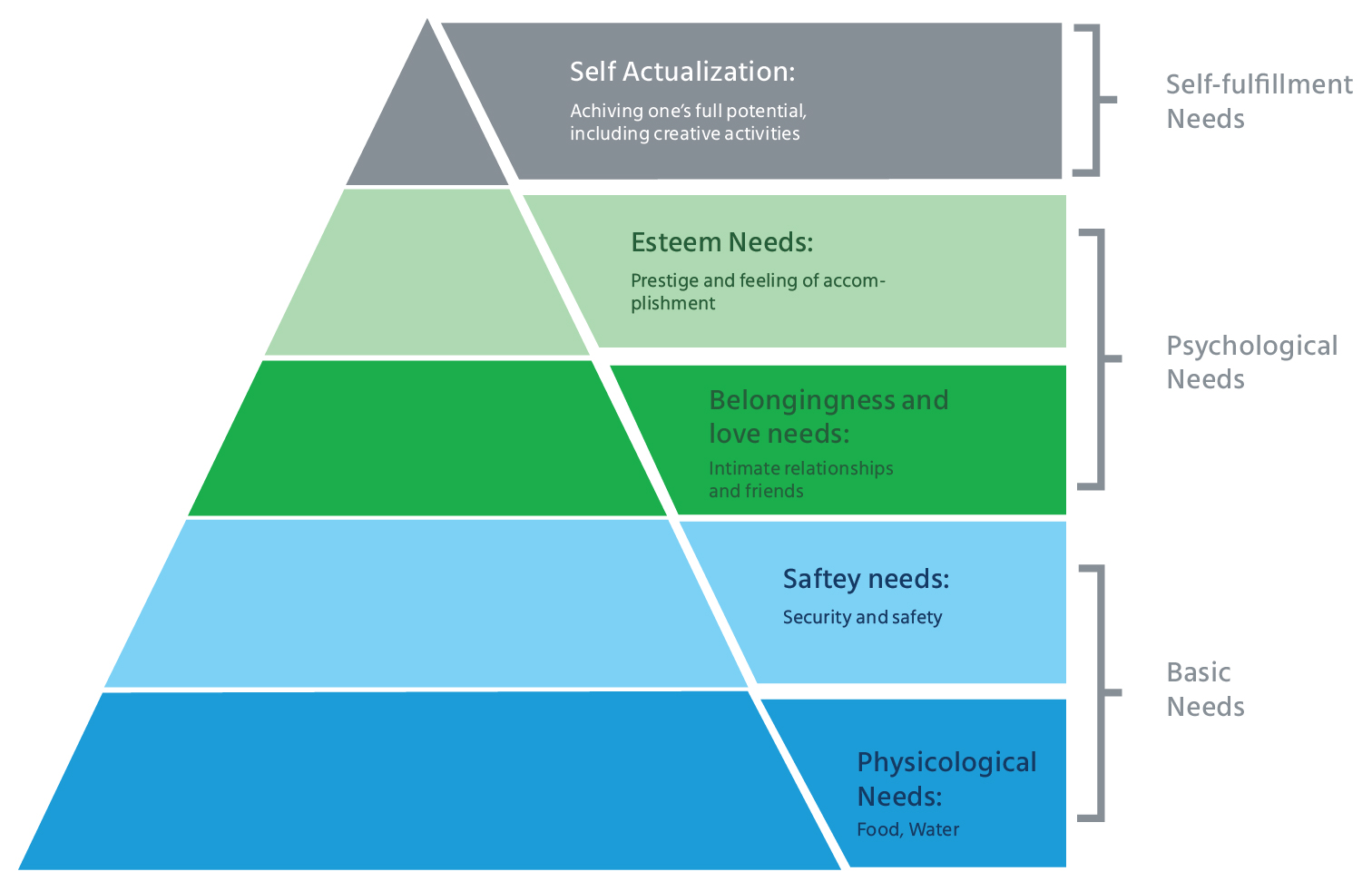An employee should feel like home if you are to improve their mental health and foster a sense of belonging to their mind. For that to happen, give them the leeway to experiment. When I say leeway or leverage, it means that your employees must be able to decide:
- Working hours (If not a shift bound process)
- Location (remote working)
- Projects directly serving their interests
- Workspace (Couches, beanbags, Sit-Stand Desks)
Don’t encourage long-sitting hours as it can hamper them on both a physical or emotional level. Even a leading study also suggests that “Sitting is the New Smoking.” Just like family members do, throw surprises on their birthdays, marriage anniversaries, or work anniversaries to enhance the feeling of accomplishment. Until your employees find no difference between work and workplace, the odds of their mental health plummeting is quite low. Apart from these, you can also explore a few indirect avenues to improve the mental health of your employees:
4.1 Freedom to Experiment
Instead of saying, “We have been doing XYZ this way,” ask, “How can we do it better.” Invite people to come up with their unique take on challenges and ideas for better implementation. If you factor age and experience in this step, you might miss out on many suggestions that have the potential to transform your business.
Create “Open to All” forums wherein people can contribute both raw and refined ideas and then, you can decide what all to keep and what to drop. Even Sir Albert Einstein quoted,
“Insanity: Doing the same thing over and over again and expecting different results.”
So, invite a fresh perspective to enhance the sense of belonging in employees and watch their mental health improve by leaps and bounds.
4.2 A Mouthpiece for Ideas
Although it goes without saying, every big venture starts with an idea popping in your mind. Personally, I call it the “Entrepreneurial Employee Mindset,” a situation wherein an employee lives on the ground and shoots for the sky.
Take an example of Google, Tesla, or Facebook; it all started with an idea and took shape later. And, the results don’t need a mention! You never know when someone suggests that Million Dollar Idea that pumps up your venture to scale new heights.









 Behavioral Competencies
Behavioral Competencies Cognitive Competencies
Cognitive Competencies Coding Competencies
Coding Competencies Domain Competencies
Domain Competencies


























Would you like to comment?